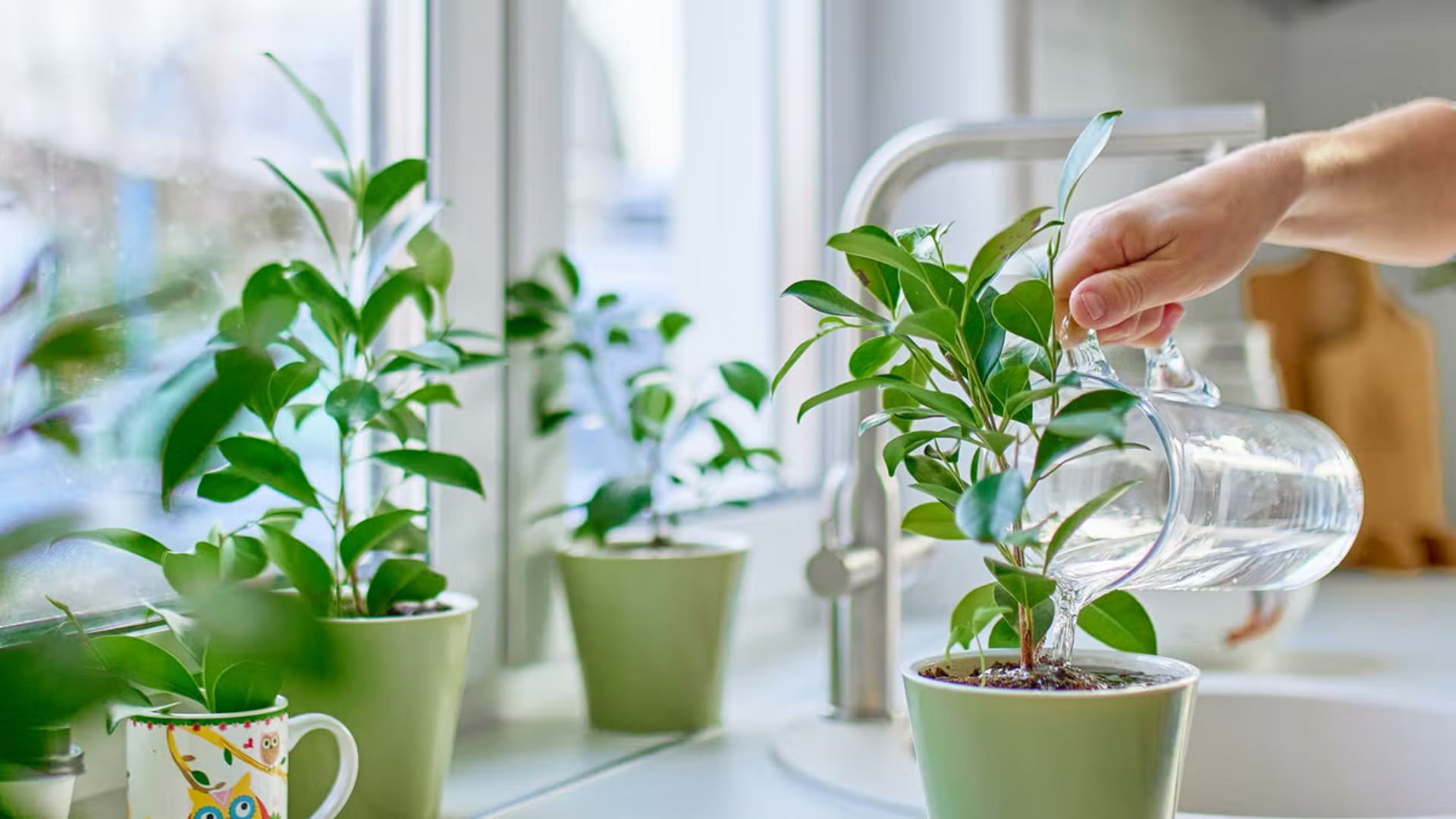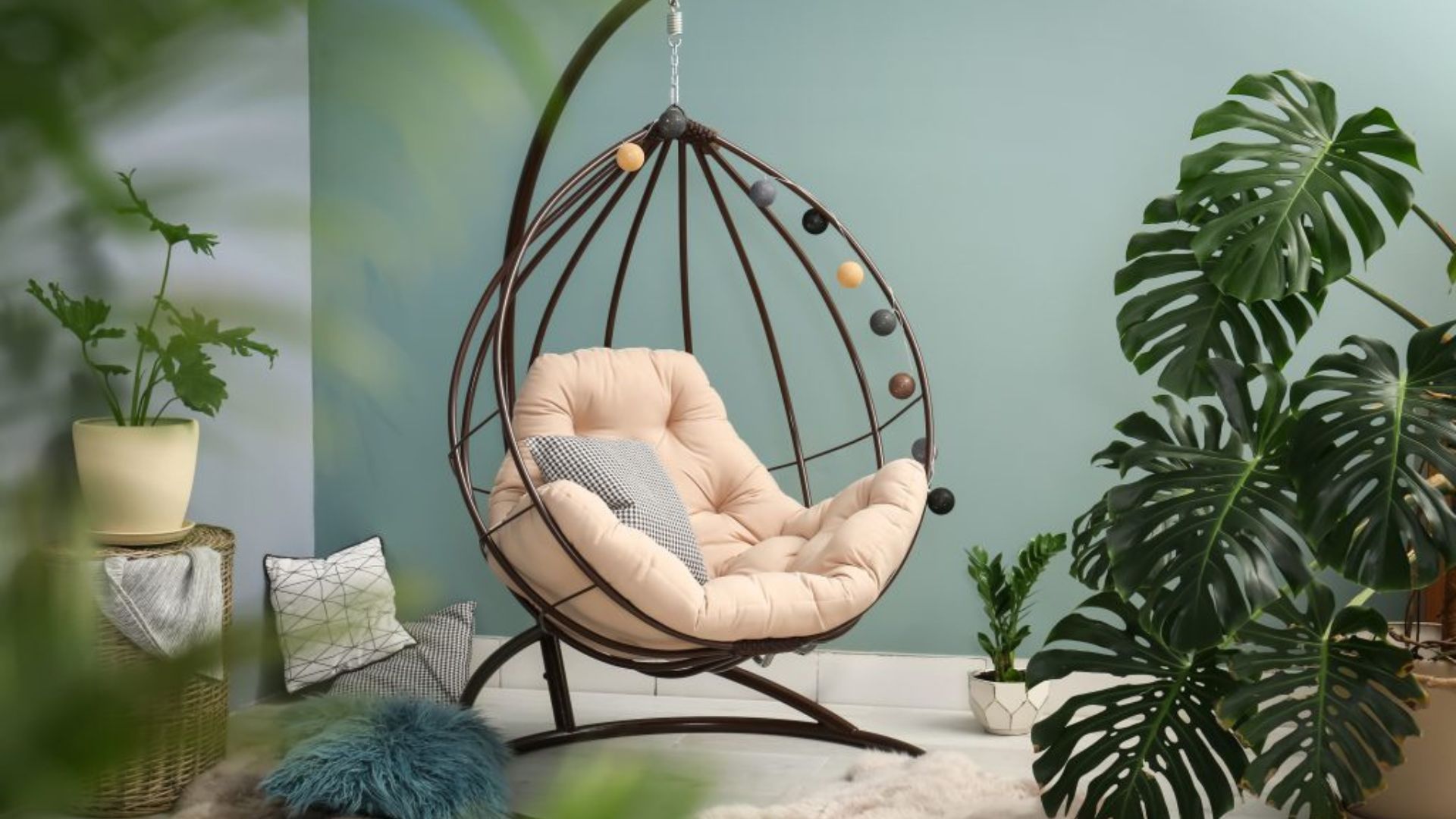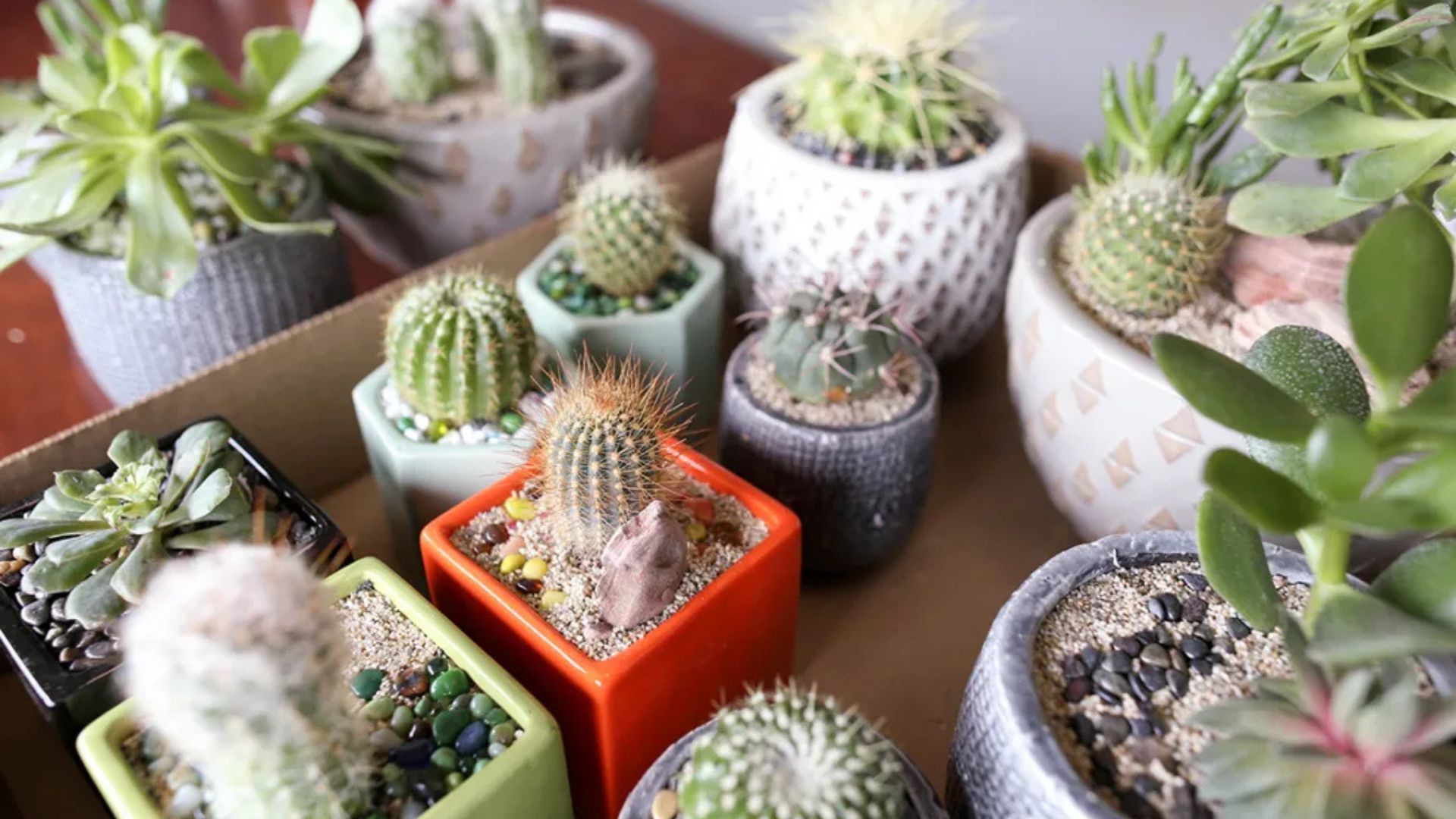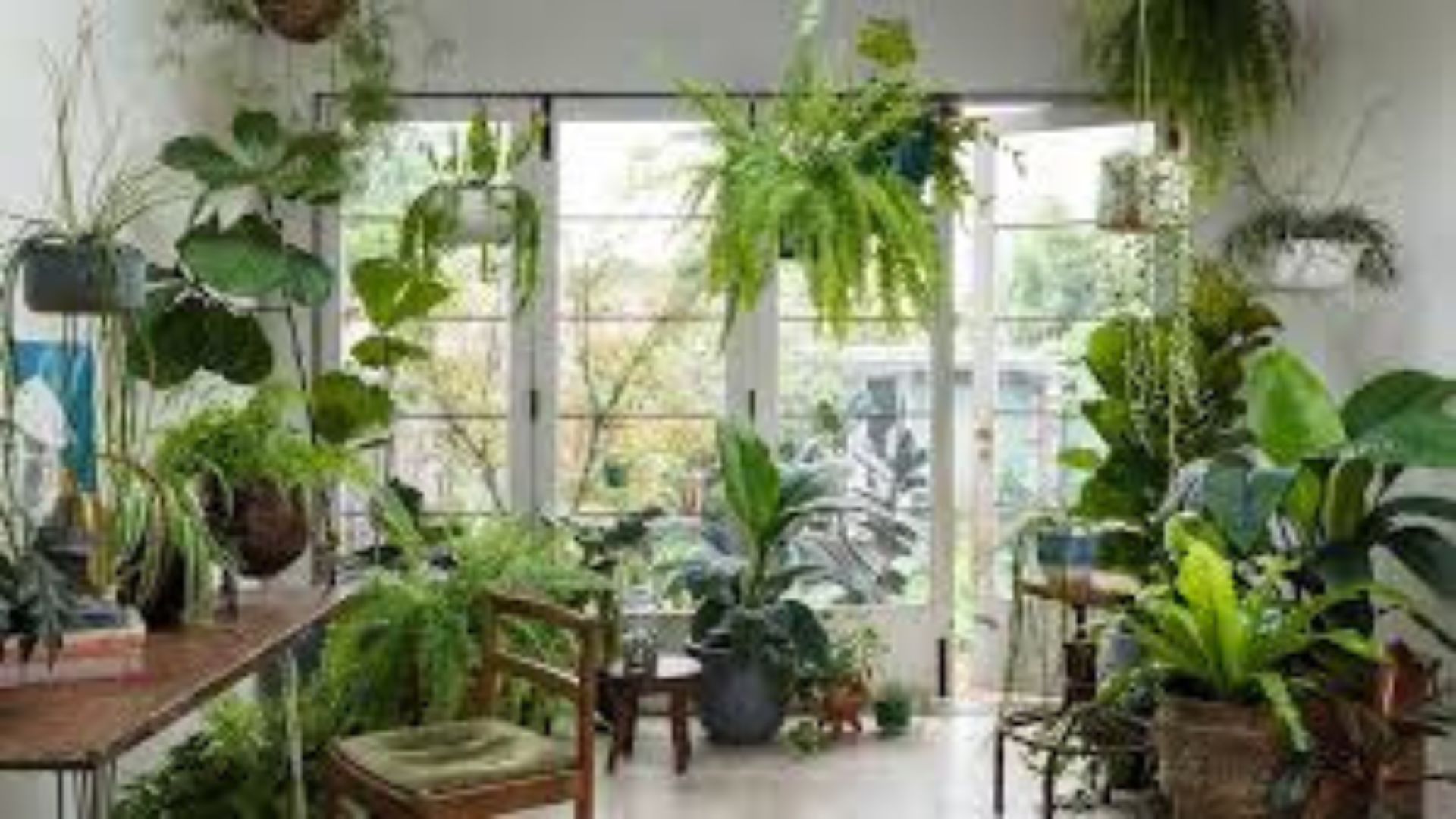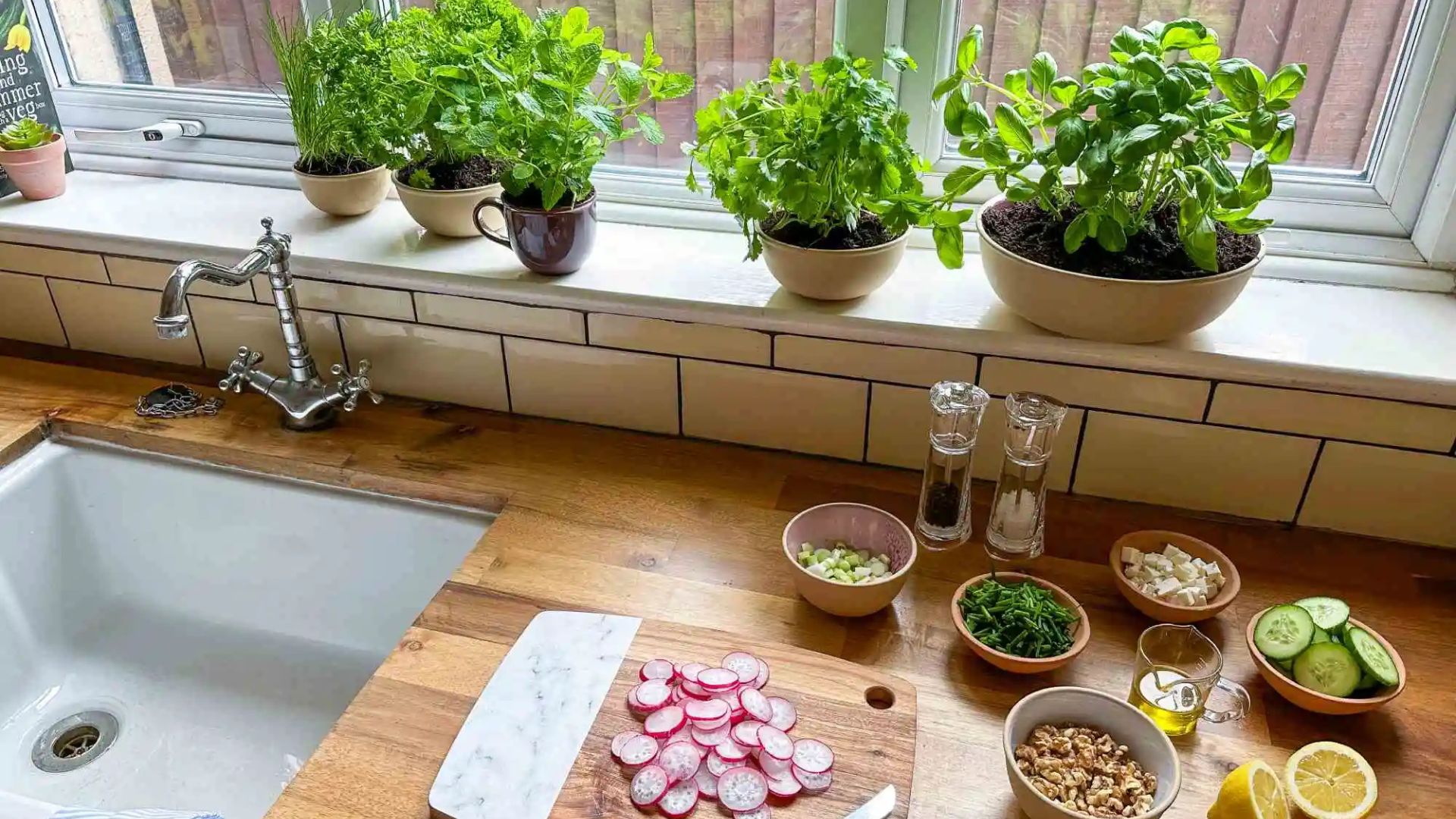Watering seems simple, right? Just add water and your plants thrive. But in reality, watering is where most indoor plant owners go wrong. Too much, too little, or poor timing can harm your plants more than help them.
In this guide, we’ll walk through the most common indoor plant watering mistakes—and how to avoid them. Whether you’re new to plant care or looking to improve your plant parenting skills, these tips will help you keep your greenery healthy and happy.
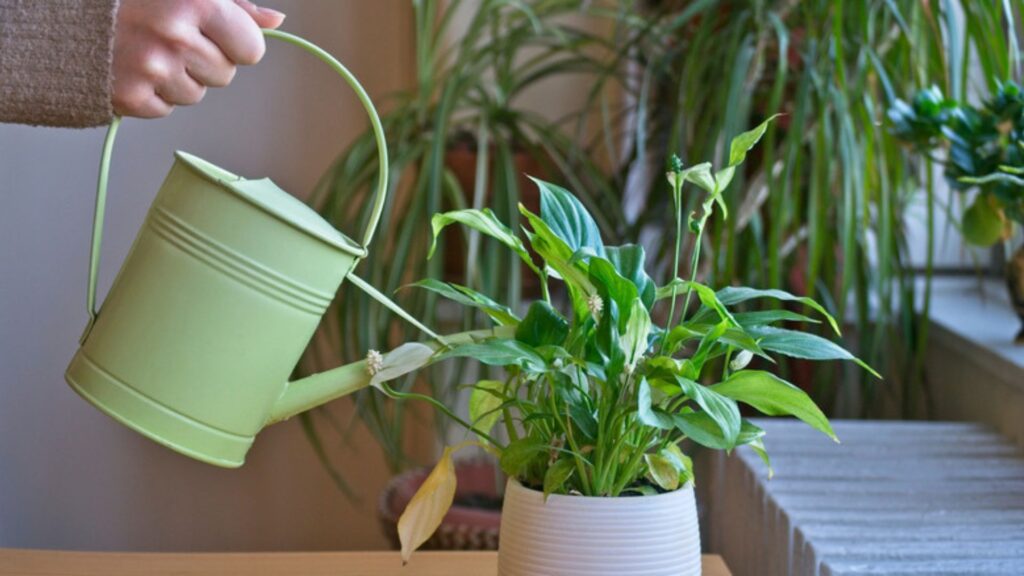
Why Watering Matters
Water is essential for plant survival. It helps deliver nutrients from the soil to the leaves and supports vital processes like photosynthesis and root development.
However, improper watering is a leading cause of plant stress, disease, and even death. That’s why understanding your plant’s unique watering needs—and common pitfalls—is crucial for indoor plant care.
Common Watering Mistakes to Avoid
1. Overwatering
This is the #1 killer of houseplants. While it’s tempting to water often, most indoor plants don’t like constantly soggy soil.
Signs of overwatering:
-
Yellowing leaves
-
Mushy stems
-
Moldy soil
-
Root rot
-
Fungus gnats
Avoid it by:
-
Always checking if the top inch of soil is dry before watering
-
Using pots with good drainage holes
-
Emptying saucers so roots don’t sit in water
Tip: It’s better to underwater slightly than overwater.
2. Underwatering
Just like overwatering, not watering enough can cause major issues—especially in warm, dry indoor environments.
Signs of underwatering:
-
Wilting or drooping leaves
-
Dry, compacted soil pulling away from the pot
-
Crispy leaf edges or browning tips
Avoid it by:
-
Setting a consistent watering schedule
-
Monitoring soil moisture weekly
-
Adjusting for seasonal changes (plants often need more in summer, less in winter)
3. Using the Wrong Watering Technique
Many people quickly pour water into the center of the plant and stop. This causes uneven watering and poor absorption.
Avoid it by:
-
Watering the entire surface of the soil, not just the center
-
Watering slowly until it drains from the bottom of the pot
-
Allowing the plant to absorb water evenly
Alternatively, bottom-watering can be helpful for some plants (place the pot in a dish of water for 15–30 minutes).
4. Using Cold Tap Water
Cold water can shock plant roots, especially tropical varieties like pothos, monstera, or calathea.
Avoid it by:
-
Using room temperature or lukewarm water
-
Letting tap water sit for a few hours to allow chlorine and fluoride to dissipate (which can also harm sensitive plants)
5. Watering on a Rigid Schedule
Watering every Monday might be convenient, but your plant’s needs depend on light, humidity, temperature, and season.
Avoid it by:
-
Watering based on the soil’s dryness—not the calendar
-
Checking soil with your finger or a moisture meter
-
Adjusting frequency throughout the year
In winter, most plants grow slower and need less water.
6. Neglecting Drainage
No matter how careful you are with watering, if the water has nowhere to go, roots can rot.
Avoid it by:
-
Always using pots with drainage holes
-
Avoiding decorative pots without drainage (or use them as a cover for a functional inner pot)
-
Adding a layer of pebbles at the bottom only helps marginally—drainage holes are a must
7. Watering the Leaves, Not the Soil
Spraying water over the leaves may clean them, but it doesn’t water the roots—and wet leaves can encourage fungal diseases in some plants.
Avoid it by:
-
Directing water to the base of the plant, not the foliage
-
Only misting plants that actually benefit from it (like ferns and calatheas)
8. Ignoring Pot Size and Soil Type
Smaller pots dry out faster, and different soil types retain water differently.
Avoid it by:
-
Matching pot size to plant needs
-
Using the right soil mix (cactus soil for succulents, moisture-retaining mix for tropical plants)
-
Repotting when roots outgrow the container
Quick Tips for Watering Success
-
Use a moisture meter if you’re unsure when to water
-
Group plants with similar watering needs together
-
Learn your plant’s native environment to mimic its watering pattern
-
Observe—plants will tell you when they’re stressed!
Conclusion
Watering your indoor plants isn’t just about adding water—it’s about knowing when, how, and how much. By avoiding these common watering mistakes, you’ll create a healthier environment for your plants to thrive.
Take the time to observe your plants, get to know their specific needs, and adjust your habits. With the right care, your indoor jungle will stay lush, vibrant, and full of life.






